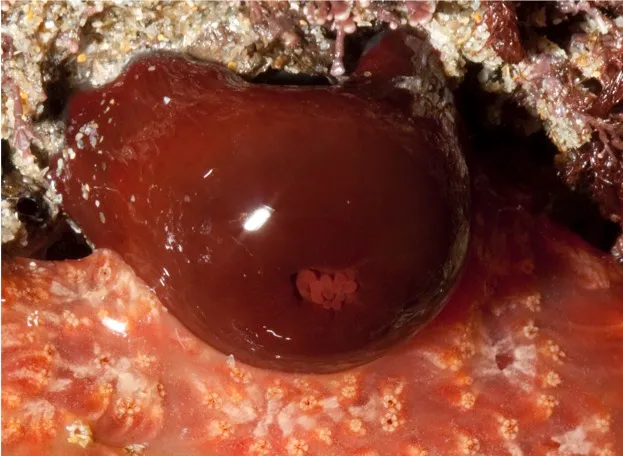Where do beadlet anemones live?
This beautiful creature is a common sight in rockpools all around the UK, and are one of the few anemones which can live on the upper part of the shore. Most individuals are a rusty red, but can be brown, green or orange and will grow to up to 5cm long. The base of their body is shaped like a sucker to hold them in place but they can move (albeit very, very slowly) by sliding along the rocks.
Can beadlet anemones be seen in winter?
With the weather getting colder and the nights drawing in, you’d be forgiven for thinking that most invertebrates will now be in hiding. In fact, this time of year is fantastic for rock pooling. Long walks over the Christmas holidays are perfect for searching for little creatures like the beadlet anemone, a close relative of the jellyfish.
What is the anatomy of a beadlet anemone?
The body of a beadlet anemone is fairly simple. Around the ‘gastrovascular cavity’ (a closed sac which serves as a mouth as well as an anus) 192 tentacles are arranged in six circles. These tentacles are sensitive to touch and are used to trap passing prey and draw them into its mouth. When the tentacles are disturbed or the anemone is out of the water, the tentacles retreat and the anemone resembles a blob of jelly (see image below).

Are beadlet anemones dangerous?
While they are not dangerous to humans, beadlet anemones have a potent weapon up their sleeves. Stinging cells known as nematocysts can be found on their tentacles and body. These cells act like microscopic harpoons which are triggered by touch, injecting their hapless prey with venom. In addition, the coelenterate has a ring of bright blue beads (known as acrorhagi) just beneath its tentacles, which contain a high concentration of stinging cells that it uses to fight other anemones.
Are beadlet anemones aggressive?
The beadlet anemone is one of the most aggressive anemones and is highly territorial. If their tentacles come into contact with any neighbouring individuals which aren’t related, they become extremely hostile. Over the course of a few days, the victim will be slowly nudged and stung with the stinging cells in the acrorhagi until they either crawl away or drop off the rocks.
How are baby beadlet anemones born?
Baby beadlet anemones are well looked after. They live in the body cavity of the adults where up to a hundred embryos can develop inside. Once they are ready to be born, the parent ejects the babies through the water, where they land on the rocks and attach themselves to their new home.
What do beadlet anemones eat?
The beadlet anemone is known for eating almost anything it can catch. This mostly consists of mussels, crabs, sea shrimps, sea snails and sea slugs, but can even include insects such as wasps and dung beetles when they live on the rocky shore. Sometimes an anemone will take in a particularly large piece of food, but then realise that it can’t digest it and spit it back out up to two hours later.
Buglife is the only organisation in Europe devoted to the conservation of all invertebrates. The trust is actively working to save Britain’s rarest little animals, everything from bees to beetles, worms to woodlice and jumping spiders to jellyfish.
Main image: © Martyn Gorman
